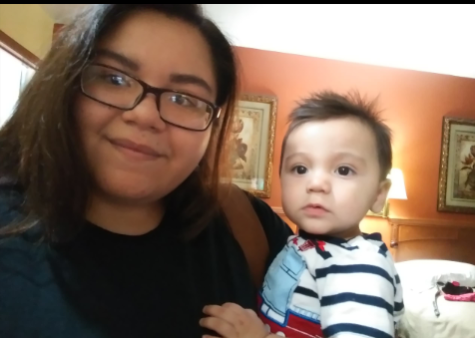AP Pysch students diagnose personality disorders during simulation
November 19, 2019
AP Psychology students put on their business best and got into the nitty gritty of what it means to be a psychologist.
Last Thursday, Mr. Don Wagner’s AP Psychology classes got a little wild. Students were assigned the role of either a psychologist or a patient and there was no shortage of commitment when it came to acting the part. The therapists were assigned the task of determining whether or not their patients had a mental illness, properly diagnosing the illness, and delivering the proper treatment options for each patient.
The therapists, split into groups of four, had their work cut out for them with patients with schizophrenia, dissociative-identity disorder, general anxiety disorder, PTSD, major depressive disorder, bipolar disorder, and antisocial personality disorder all in one room.
Senior Itzel Gonzales was extra cautious about not misdiagnosing a patient: “It’s important because when you diagnose a patient with a solution like therapy or medication, you don’t want to give them the wrong solution because it will make the situation worse.”
Megan Starkey who was a patient who had the anti-social disorder agreed with Gonzalez. “A misdiagnosis can cause patients to live a worse life, not helping them. Patients lose trust if a doctor gives a misdiagnosis and they can become afraid of treatment if it isn’t correct,” Starkey said.
Students used the DSM-V, a book identifying psychological disorders, to ask questions about patients’ medical history, family and job situations and environments, and were able to identify each of the patient’s illnesses and discuss treatment options suited to each disorder, whether it be therapy, medications, or both.
AP Psychology teacher Mr. Don Wagner, excited about how the simulation turned out, exclaimed, “This is the first time all of the patients were guessed right.”



